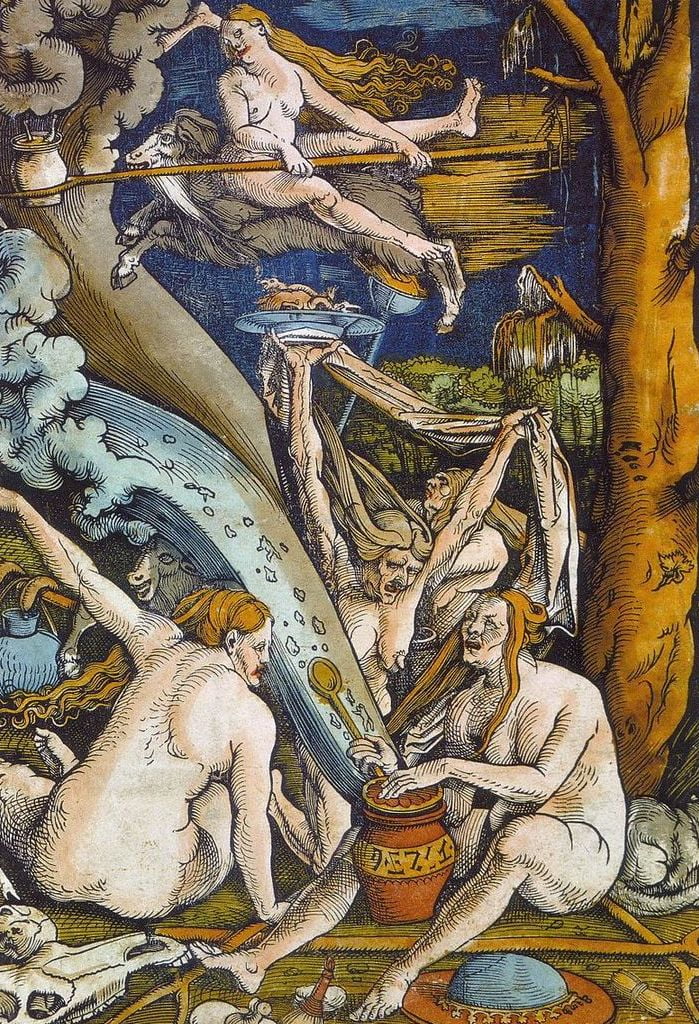In this part of the Bible, we focus on the church, which is also known as the body of Christ. Jesus loved the church and gave Himself for it. The church is made up of believers that God the Father gave to Jesus, and Jesus prayed for them, as seen in John 17.
After chapter 3 in the Book of Revelation, the church seems to disappear. Up to chapter 4, the church is mentioned 19 times, but from chapter 4 to chapter 20 (the part about the Great White Throne Judgment), the church is not mentioned at all. This makes us wonder: Where is the church during this time? It is not in the world anymore. The church has been taken off the earth The Cave of St. Paul.
Three Ways to Understand the Seven Letters
The seven letters in the Book of Revelation have three important meanings:
1. Contemporary (Message to the Churches of John’s Time)
The letters were directly written to the local churches of John’s day. We will explore the locations of these seven churches in the next two chapters. I have visited the ruins of these churches many times, and I always enjoy going back because it helps me understand the Bible better. Visiting these churches is a special experience. The ruins have an important message. John knew about these churches very well. Sir William Ramsay said, “The man who wrote these seven letters to the seven churches had been there, and he knew the local conditions.”
2. Composite (A Message for All Churches)
Each letter is a composite picture of the church. That means there is something in each message that applies to all churches in every time period. For example, when you read the letter to the church in Pergamum, it holds a message that applies to your church and to you personally Turkey Sightseeing.
3. Chronological (History of the Church)
The seven letters also show the history of the church. They represent the church’s journey from Pentecost (when the Holy Spirit came to the apostles) to the Parousia (the second coming of Christ). Each church represents a different period in church history:
Ephesus represents the apostolic church (the early church right after Jesus).
Laodicea represents the apostate church (the church that has fallen away from true faith).
This part of the Bible gives us a prophetic picture of the church’s history, and much of it has already happened. This makes these chapters very important for understanding church history.








